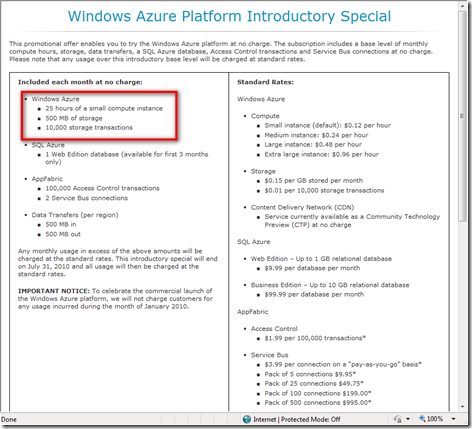Cloud Storage Services Cloud Storage Services were relatively unknown until Amazon mass produced the now well-known S3 ( Simple Storage Service ). S3 may not be the first cloud storage service but it is among the first for the public with billions of objects stored. Now we are seeing other cloud storage vendors coming out, such as Nirvanix, Windows Azure , EMC Atmos Online/AT&T, Parascale, Box.net and etc. Google has long been in the cloud services business with the GMail service, the Google Apps Engine, the Picasa photo service and etc, with Google storage backing them up. Desktop Access To the Cloud A common theme of cloud storage services is that they all provide some API (Application Programming Interface) over HTTP. If the Cloud Storage were to be as popular today as the FTP for the past decade, it needs to have a desktop client that delivers the remote storage to the user's desktop, preferably as a Virtual Network Drive. After all, nobody wants to code a Ruby &a






